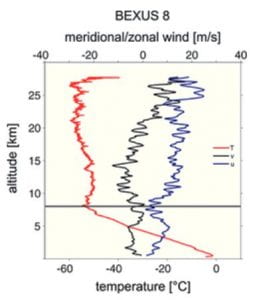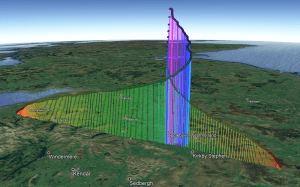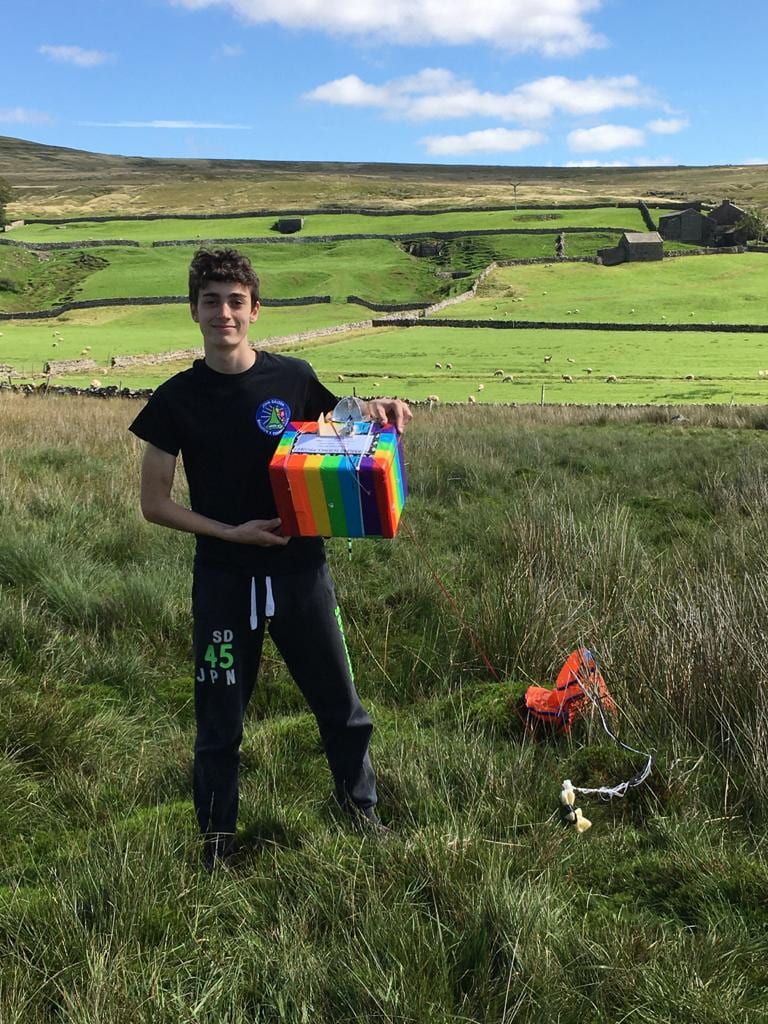Solving the 3 Oddities in our Data
As Poppy blogged below, we identified three unusual features in our data. These were the cold dry layer at 2500m, the turbulence in the stratosphere and the rise in humidity also in the stratosphere.
We have managed to solve all three of these by identifying research which supports these findings.
The Cold Dry Layer:

This graph shows a tropospheric dry layer at 2500m where the humidity drops from 80% to 20%. Although this is in the Western Pacific, we do not see any reason why this does not support our data.
Turbulence in the Stratosphere:

This graph shows the results from the Leibniz Institute Turbulence Observations in the Stratosphere (LITOS) BEXUS 8 weather balloon experiments from 2014. It shows Westward drift in the stratosphere but there is very significant variability up to 20ms-1 in each direction. This supports our data, and explains the Great Asby Switchbacks.
Rise in Humidity in the Stratosphere:

This graph shows a rise in humidity from the tropopause at circa 13km up to fairly high in the atmosphere (circa 28km) from humidity tests conducted by the AWIPEV Research Base in Ny-Ålesund, Spitsbergen. This is exactly what our data also shows.
References:
Tropospheric dry layers in the tropical western Pacific: Comparisons of GPS radio occultation with multiple data sets: Therese Rieckh et. Al
Characteristics of stratospheric turbulent layers measured by LITOS and their relation to the Richardson number – A Haack et. Al
stratospheric Water Vapour in the Arctic (AWIPEV Research Base in Ny-Ålesund, Spitsbergen) – Dr. Marion Maturilli

























 The balloon was targeted to climb to 30,000 metres (99,000 feet), but astonishingly, it rose to over 36,000 metres (over 3 times the height of commercial airliner maximum cruising height, and 10,000m higher than the highest flying aircraft – the sr71 “Blackbird”).
The balloon was targeted to climb to 30,000 metres (99,000 feet), but astonishingly, it rose to over 36,000 metres (over 3 times the height of commercial airliner maximum cruising height, and 10,000m higher than the highest flying aircraft – the sr71 “Blackbird”).

